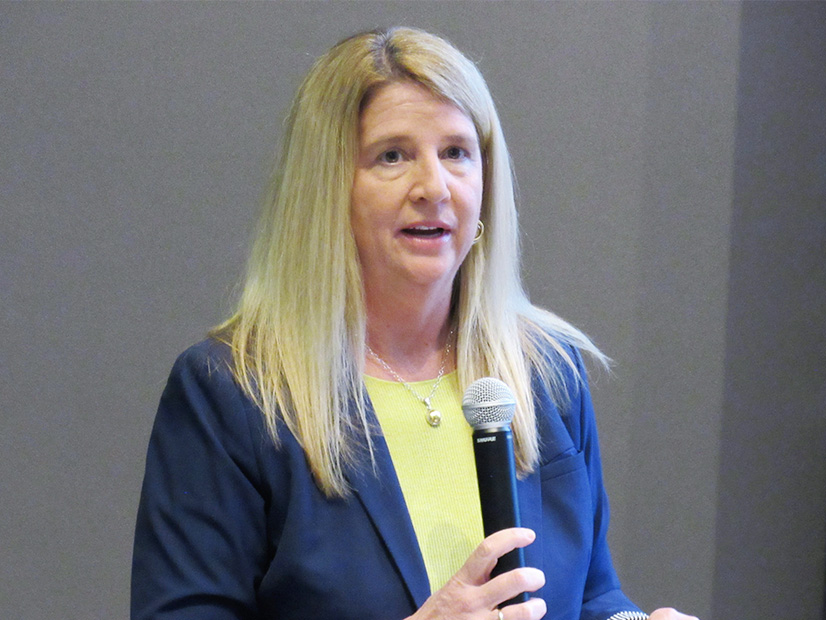SPP set the energy Twitterverse on fire last week when it announced it had become the first regional grid operator to temporarily serve more than 90% of its demand with renewable energy.
“Remember when they said that at 20% the whole thing would come crashing down?” tweeted Joshua Rhodes, an energy researcher at the University of Texas. “Ninety percent.”
Rhodes noted the 20% figure was an annual number and that 90% was an instantaneous number. “In the end, 90% instantaneous is a new U.S. record and worth recognition!” he said.
“It is indeed noteworthy — it’s awesome,” said Aron Patrick, manager of research for Kentucky utility LG&E and KU Energy.
The record came at 2:42 a.m. CT March 29, when renewable energy set a new penetration mark of 90.2%, breaking the old mark of 87.6% set in May 2021. Wind accounted for 88.5% of the renewables, breaking the previous wind record of 84%, also set last May.
SPP also set new renewable and wind production records. The RTO produced a record 23.8 GW of renewable energy at 9:25 p.m. on March 28, bettering the previous high of 21.8 GW set Feb. 15. At 10:34 p.m. that same evening, SPP produced 22.9 GW of wind energy, topping the previous high of 21.8 GW set on Feb.15.
With SPP’s system demanding around 25 GW during the off-peak periods, the numbers came as no surprise to RTO staff. A cold front that swept through SPP’s 14-state footprint, bringing wind gusts as high as 60 mph, also played a role.
CEO Barbara Sugg told RTO Insider the records were an example of staff’s increased ability to forecast both load and wind production.
“That speaks to the tools that we have in place for forecasting,” she said after delivering a keynote address during the Gulf Coast Power Association’s MISO South-SPP conference. “It speaks to the training and the systems that the operators have because that amount of volatile, non-dispatchable generation consuming that much of the load requires everybody knowing exactly what’s going on and having the systems in place to be able to manage through it.”
“In a decade’s time, our region has gone from thinking of 25% renewable-penetration levels as nearly unreachable to a point where we regularly exceed 75% without reliability concerns,” SPP Senior Vice President of Operations Bruce Rew said in a statement.
“It’s important to realize that reliability is more important than achieving a renewable goal,” Sugg said. “You’re setting a new record, right? We have to maintain reliability.”
The RTO has about 31 GW of installed wind capacity with another 66 GW of renewable resources in its generator interconnection queue. SPP’s footprint includes the high-wind regions of the Dakotas, Kansas, Missouri, Nebraska, Oklahoma and Texas, giving staff a huge pool of resources to draw from.
“There is a lot of wind in our footprint and a lot of desire for that demand to be harnessed into energy,” Sugg said. “We just have to be sure that the transmission rates can support it, and that we can figure out how to balance the desire for [wind energy] with the requirement to maintain reliability. It’s a delicate balance.”



